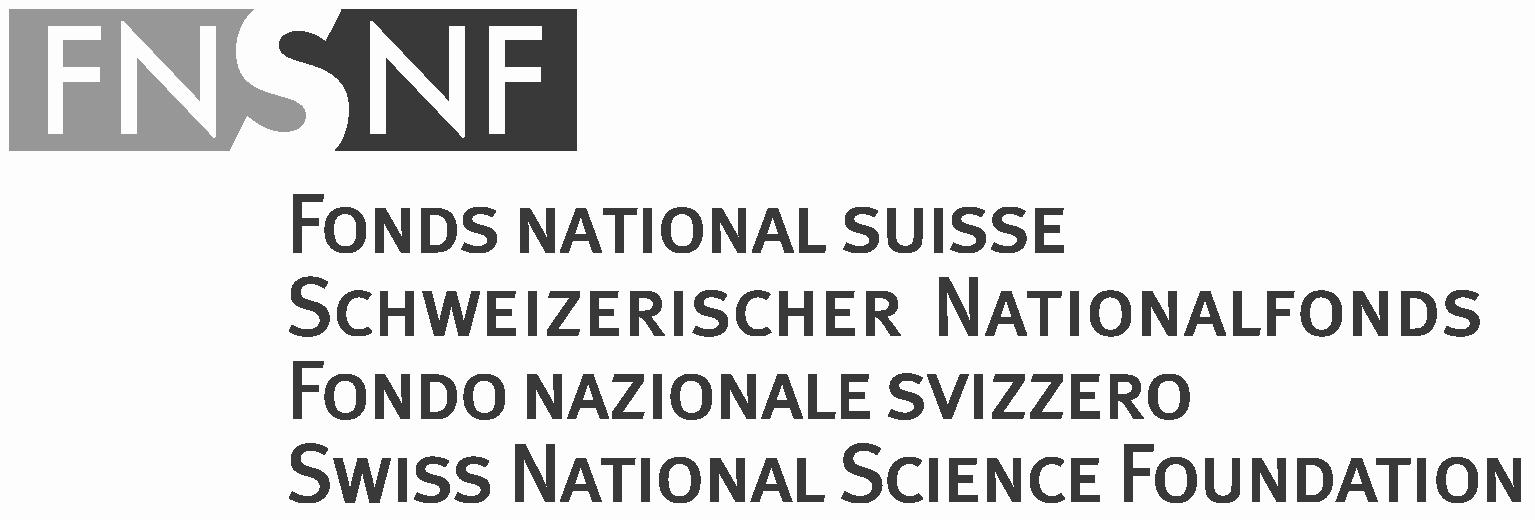Degree of pluralisation
The most important indicator for rating the country data quality is the consistency of all data sets on the degree of pluralisation in a given country. The SMRE checks for three different degrees of pluralisation:
- Dominant: A dominant religious tradition (including the no religious affiliation-group) exists when the largest category of religious affiliation is equal or more to 60 percent within the population.
- Pluralised: If no group is larger than 60 percent and one or more groups are equal 35 percent or more, the country will be classified as “pluralised”.
- Fragmented: If all categories are below 35 percent the country will be classified as “fragmented”.
According to historical knowledge and previous research, the three categories of dominant, pluralised and fragmented correspondent to socially and politically quite different patterns. In a dominant situation, the respective religious tradition will shape the social reality of religion by sheer number and may even entertain a strong relationship with the polity and national identity. In a pluralized situation, no single group real dominates. The range from 35 to 60 percentage reassembles pretty much a situation known from many European countries, which were historically shaped by a cleavage between two or three more or less equally strong churches or traditions of Christianity. Finally, the fragmented situation leaves no single religious group with a decisive seize in comparison to all others. Thus, the fragmented situation comes close to a free market competition with a reasonable supply of religions from different stocks.
In the appendix of our Working Paper (Liedhegener / Odermatt 2018) the decision making about the degree of pluralisation for all countries in all periods is shown.



